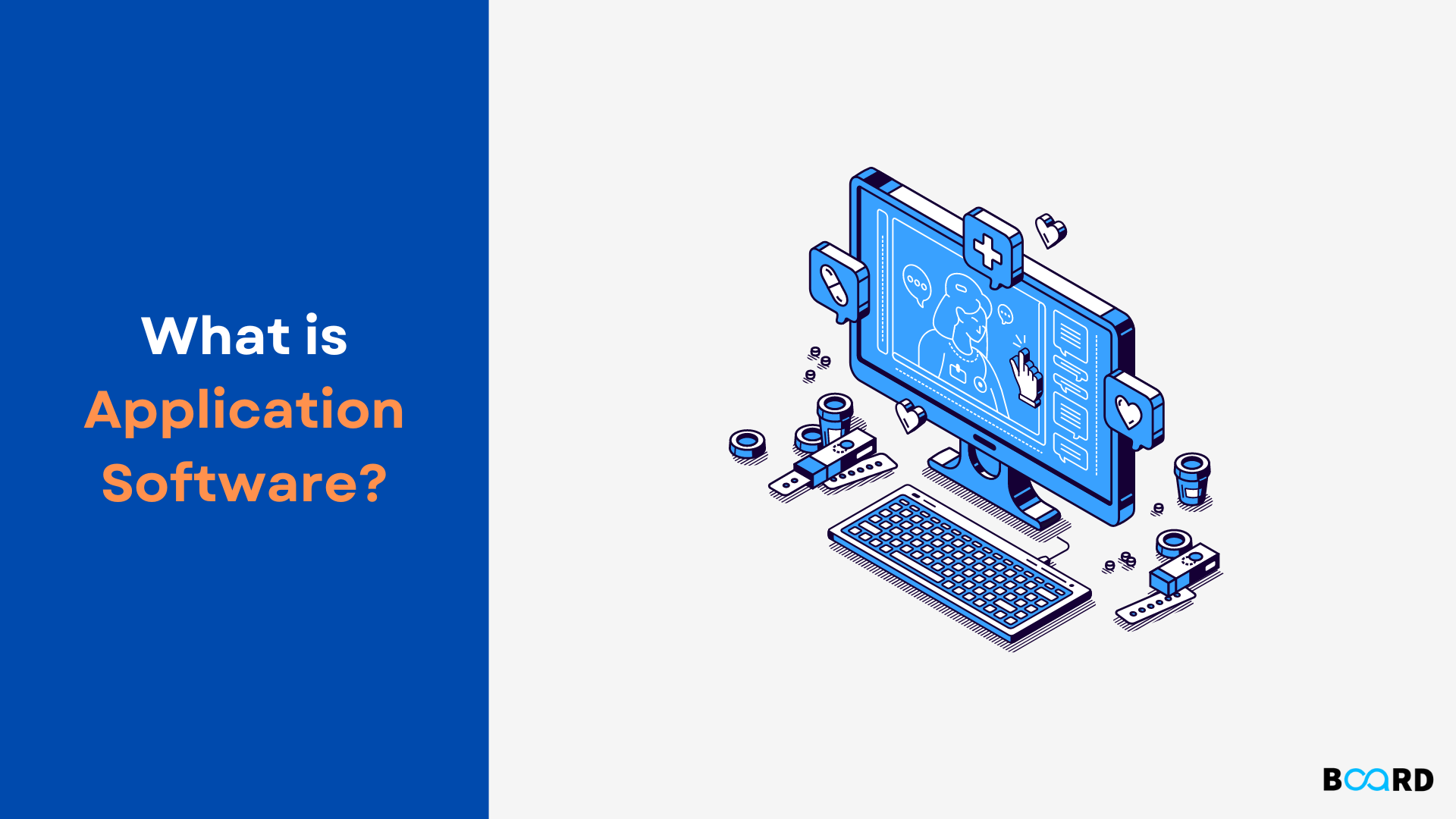Mastering Software Engineering: Diagrams, Models, and Testing Techniques
What is Application Software?

Introduction
A programmed set of instructions used to perform a given task is referred to as software. Users cannot see the software and can only realize and validate their functions. The main categories of software are system and application software. System software is a set of programs that controls and manages the computer's hardware whereas application software lets the user directly interact with a piece of software. Application software assists the user in doing specified tasks. Microsoft Word and Excel, browsers like Google chrome and firefox, mobile apps like Whatsapp, and games like Candy Crush Saga are a few examples of Software applications.
Functions of application software
The functions are not limited to but depend upon the user’s need. Some of the most common functions are
- Manipulating data
- Managing information
- Constructing visuals
- Coordinating resources
- Writing reports
- Developing websites
- Managing accounts, finance, and payroll
- Software for education
Needs of Application software
- Helps the user in completing specified tasks
- Manages and manipulates data
- Allows users to organize information effectively
Types of Application software
Application software can also be categorised based on its chargeability and accessibility. They are:
- Freeware: It is offered for free and can be obtained from the internet—examples: Adobe PDF, Google Chrome,etc.
- Shareware: This is given away to users for free as a trial, usually with a limited time offer after which the user needs to pay for further usage.Examples: WinZip, Anti-virus,etc.
- Open-source: This comes with the source code, allowing the users to edit and even add features to it. These could be offered for free or for a fee. Examples: Moodle and Apache web Server.
- Closed source: This category includes the majority of the application software programs used nowadays. These are normally charged, and the source code is protected by intellectual property rights. It usually comes with a set of restrictions. Examples: Microsoft Windows, macOS, and other operating systems.
Examples of Application Software
- Billing System
- Attendance recording System
- System for human resources management
- System for hotel management
- System for payroll management
Difference between System Software and Application Software
Advantages:
- Consistency in operations
- Low operating costs
- Increased productivity
- Reduced time to perform tasks
- Minimal human error
- Availability of metrics
- Increased efficiency
Disadvantages:
- Extra time to build
- Choosing programming language
- Costly to build
- Get errors after launch
- Consumes extra space
- Maybe cracked
- Compatibility issue
- Communication between other software
Conclusion
Application software allows users to perform activities that express creativity. Fulfill productivity and improve communication.
